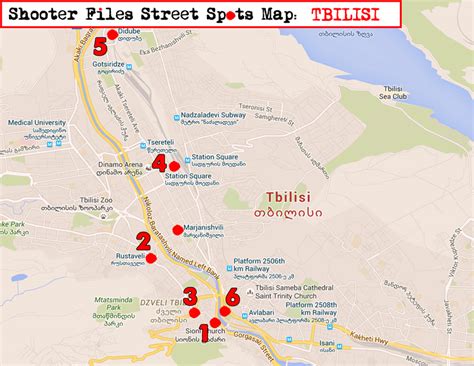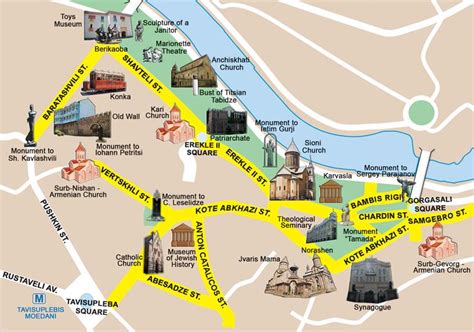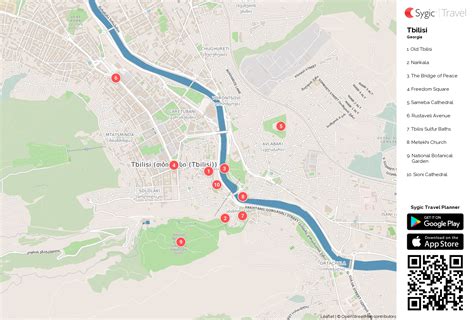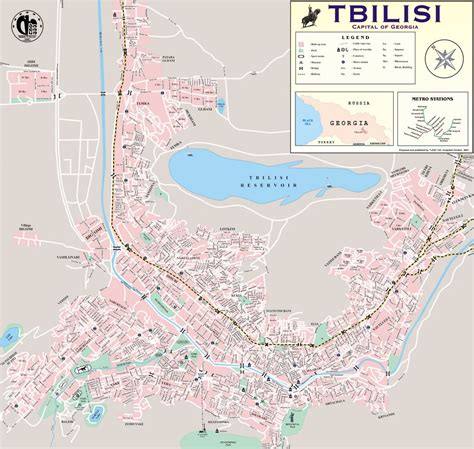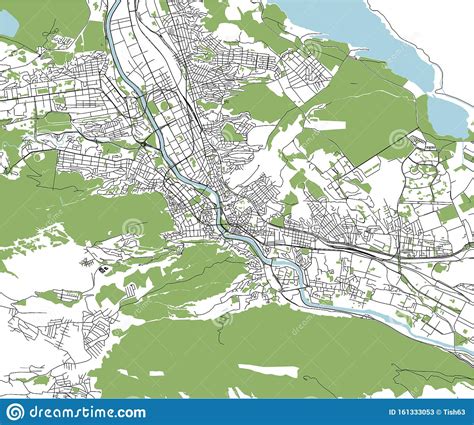Location: Tbilisi 🌎
Location: Tbilisi, Georgia
Administration Region: Tbilisi
Population: 1118035
ISO2 Code: Tbilisi
ISO3 Code: GEO
Location Type: Primary Capital
Latitude: 41.7225
Longitude: 44.7925
Tbilisi (English: tə-bil-EE-see, tə-BIL-iss-ee; Georgian: თბილისი Georgian pronunciation: [tʰbilisi]), in some languages still known by its pre-1936 name Tiflis ( TIF-liss), is the capital and the largest city of Georgia, lying on the banks of the Kura River with a population around 1.5 million people. Tbilisi was founded in the fifth century AD by Vakhtang I of Iberia, and since then has served as the capital of various Georgian kingdoms and republics. Between 1801 and 1917, then part of the Russian Empire, Tiflis was the seat of the Caucasus Viceroyalty, governing both the northern and the southern parts of the Caucasus.
Because of its location on the crossroads between Europe and Asia, and its proximity to the lucrative Silk Road, throughout history, Tbilisi was a point of contention among various global powers. To this day the city’s location ensures its position as an important transit route for energy and trade projects. Tbilisi’s history is reflected in its architecture, which is a mix of medieval, neoclassical, Beaux Arts, Art Nouveau, Stalinist, and Modern structures.
Historically, Tbilisi has been home to people of multiple cultural, ethnic, and religious backgrounds, though it is overwhelmingly Eastern Orthodox Christian. Its notable tourist destinations include cathedrals Sameba and Sioni, Freedom Square, Rustaveli Avenue and Agmashenebeli Avenue, medieval Narikala Fortress, the pseudo-Moorish Opera Theater, and the Georgian National Museum. The climate in Tbilisi mostly ranges from 20 to 32 °C (68 to 90 °F) in the summer and −1 to 7 °C (30 to 45 °F) in the winter.

Top Tbilisi HD Maps, Free Download 🗺️
Map
Maps
United States
United States
World Map
China
China




